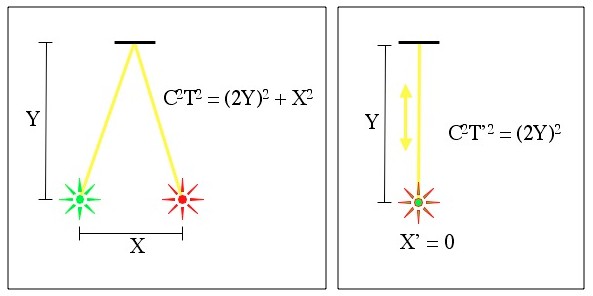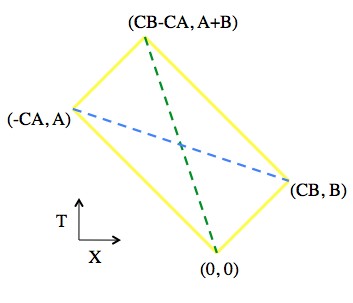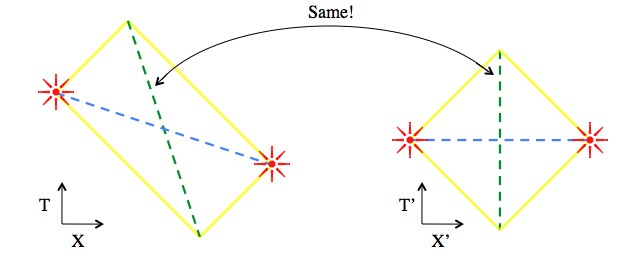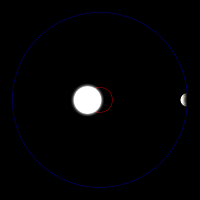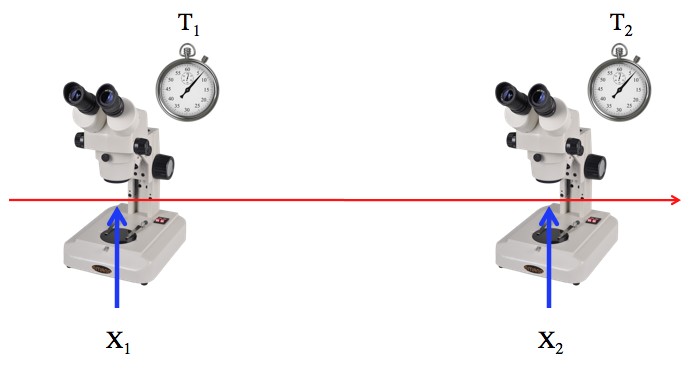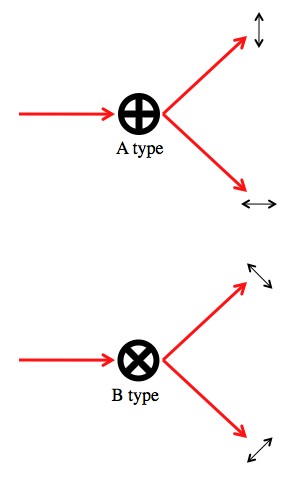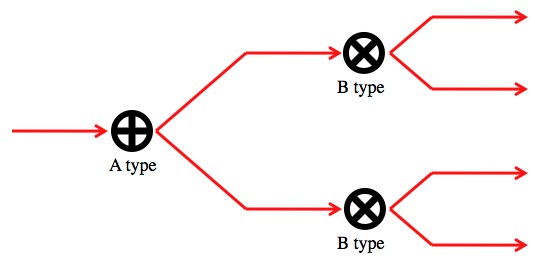Physicist: Prefixes like “quasi-“, “psuedo-“, and sometimes “meta-” are basically used to mean “sorta like… but different… you know?”. Quasiparticles behave like particles in a few fairly important ways, but aren’t actual particles at all. The most important way, and what makes them look like particles, is that they are discrete, are persistent (stable enough to stick around for at least a little while), and are quantized. “Quantized” means, in particular, that each quasi-particle of a particular kind is identical. Generally speaking, a quasiparticle is as small as it can possibly get.
Whirlpools are a good every-day almost-quasiparticle to keep in mind as an example. While they are generally discrete and persistent (if you have one whirlpool, then in another second you’ll probably still have one whirlpool), they’re not quantized because every whirlpool is different. No particle physicist in their right mind would call a whirlpool a quasiparticle, but the idea is about right.
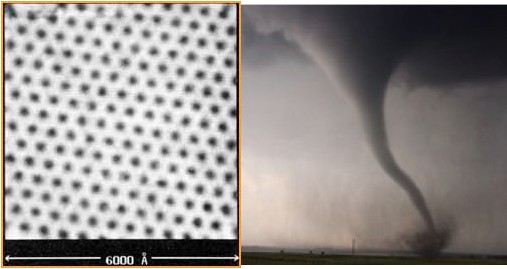
Right: Tornadoes and whirlpools are a lot like quasi-particles. They’re not actual “things”, they’re just “conserved effects”. Left: magnetic vortices forced into a type 2 superconductor are basically tiny “electron tornadoes”. These “flux tubes” are legitimate quasi-particles.
Quasiparticles show up a lot when there’s some reason for a particular effect to be conserved, and can be quantized in some useful sense. For example, magnetic vortex tubes (“flux tubes”) in super conductors aren’t actual things (not particles), but they are persistent, quantized, and are clearly discrete. They appear in type 2 superconductors, which naturally expel magnetic fields, when you turn up the strength of a nearby magnet high enough to “break through”. Groups of flux tubes can even have solid and liquid phases, in analogy to regular (actual) matter.
One of the more commonly seen quasi-particles is the “electron hole”, which is just a notably absent electron.

The tiles are real things, but the vacant square is just a conserved effect. It moves and acts a lot like a particle that can wander around the grid. It’s a kind of “quasi-tile”. It’s easier to keep track of the one quasi-tile than to keep track of the 15 real-tiles.
Rather than think about a bunch of negatively charged electrons slowly shouldering past each other in one direction, it’s sometimes useful to thing about a much smaller group of positively charged holes moving quickly in the opposite direction (think of the tile board above, but much bigger, 3-dimensional, and with more vacant tiles). Turns out that a lot of the relevant math works out the same way. This notion comes up a lot when talking about diodes, transistors, and semi-conductors in general.
My favorite quasiparticle, the anyon, is a type of tiny electromagnetic vortex that can only appear in very confined, flat plasma fields. Anyons have properties that should only be found in 2-dimensional particles (which of course don’t exist in our 3-dimensional universe), but as far as they’re concerned, their flat plasma-sheet home is 2-dimensional. Pushing around anyons is one of the proposed means for building error-resistant quantum computers.

In a crystal (table salt in this case), every atom is in the same situation and has identical energy levels as some nearby atom.
Phonons are a little more abstract than tornadoes and vacancies. The electrons in atoms are stuck in separate energy levels, and they can only absorb or emit energy corresponding to differences in those levels. Turns out that when restricted in a crystal, the energy associated with vibrations of the entire atoms themselves also have this “ladder” of energy levels instead of an effectively continuous set of energy levels (this tendency for energy levels to be discrete and quantized is a big part of where quantum mechanics gets its name).
So each atom has a ladder of “vibrational energy modes”. The reason it’s important for them to be in a crystal, is that in a crystal all of the atoms are in the same situation and will have identical energy-level-ladders. This discrete-and-identical set of energy levels is part of why crystals are hard and often transparent (that’s not obvious, it’s just an interesting fact).

A string of atoms in their ground states, with one atom in an “excited state”. This little packet of energy stays intact because there are no smaller energy levels to fall into, so it’s free to be passed from one atom to the next.
Now say that an atom is vibrating one level up from the ground state. Since the only state the energy can drop to is the ground state, this vibration is all-or-nothing. The atom can’t give away part of the energy and just vibrate a little less. When the atom does give up its kinetic energy it stops vibrating and an atom next-door picks up that energy (all of that energy) and starts oscillating in turn.
This one-step-up-from-the-ground-state vibration that passes from place to place is called a “phonon”. The amount of energy in the levels changes depending on exactly how the atoms are held together, so different kinds of crystals will host slightly different phonons, but the basic idea is the same.
“Phonons” were named in analogy to “photons”. The prefix “photo-” means “light”, and “phono-” means “sound”. The suffix “-on” means “particle”. That one isn’t Latin, but it is pretty standard. Photons are the smallest possible excited states of the electromagnetic field and are the smallest unit of light, while phonons are the smallest possible excited states of the mechanical system made up of atoms in a crystal and are the smallest possible unit of sound.


